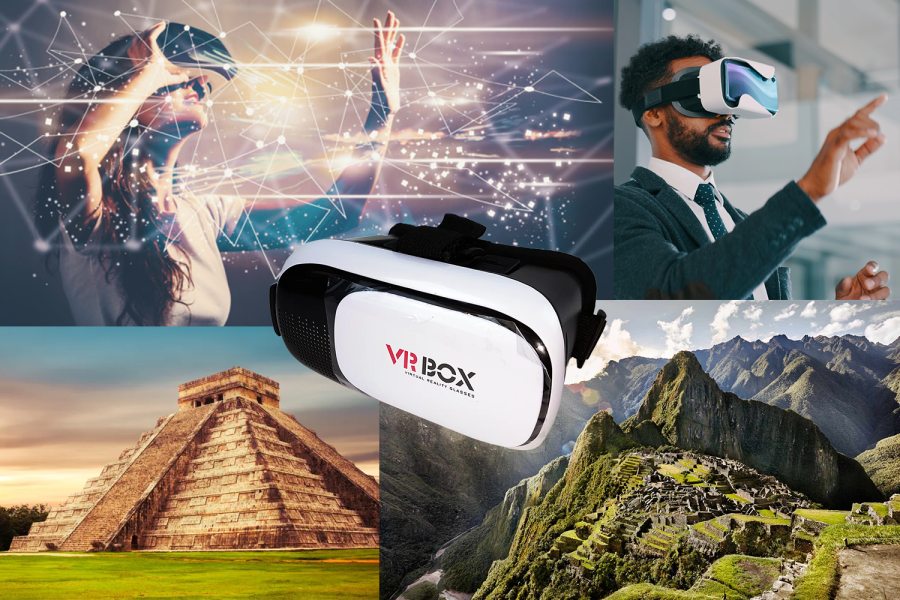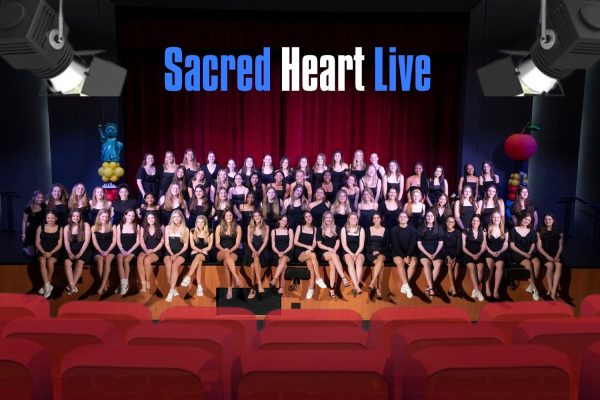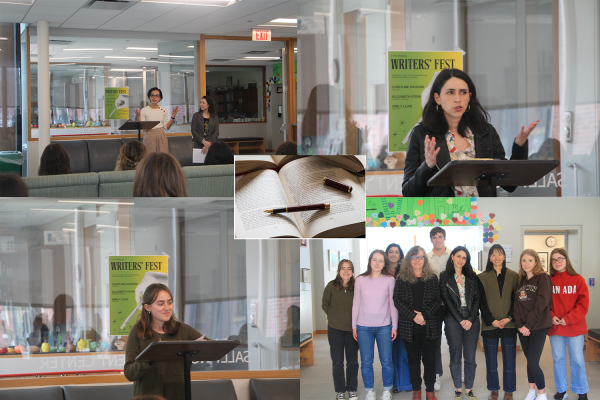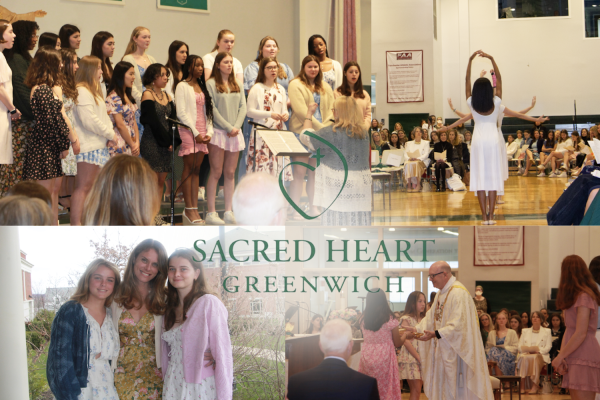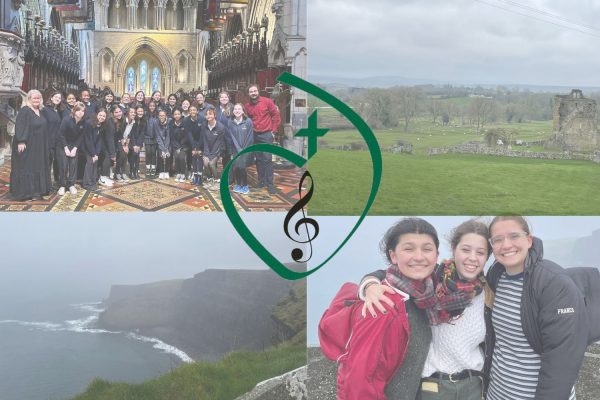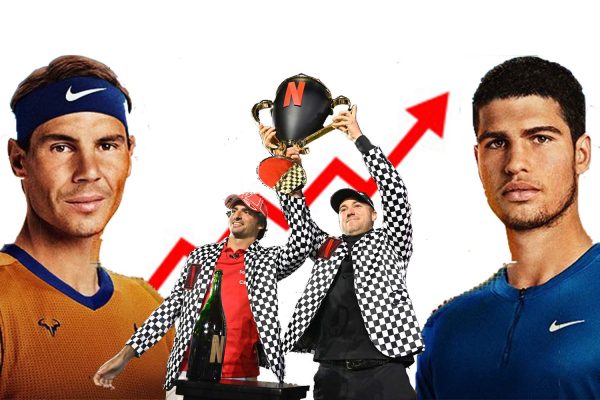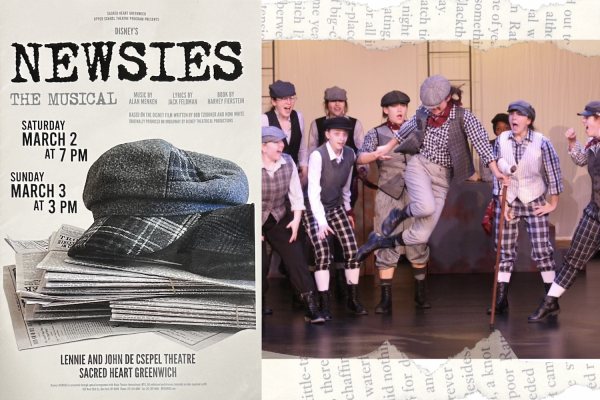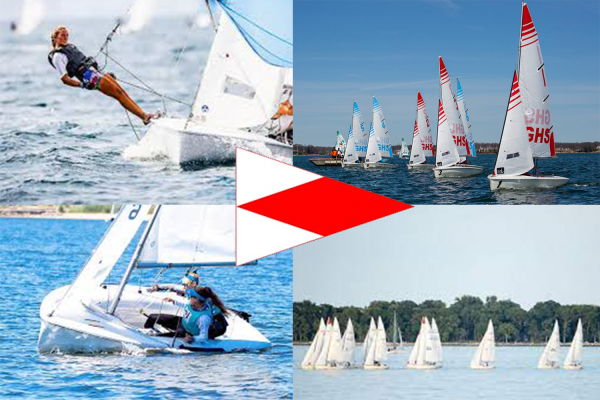Lower School students explore new worlds through virtual reality
Third-grade students explore ancient ruins through virtual reality.
Third-grade students embarked on a journey to Machu Picchu, Peru, and Chichén Itzá in Yucatán, Mexico, without leaving the Sacred Heart Greenwich building. Through the three-dimensional virtual reality world, the computer-generated system allowed the students to travel over 3,700 miles to Machu Picchu and over 1,600 miles to Chichén Itzà. Mr. Karl Haeseler, Director of Educational Technology, Upper School Computer Teacher, and SophieConnect Advisor, and Ms. Kathleen Dunn, Assistant Head of Lower School, Lower School Technology Coordinator and Teacher, and Lower School Scheduler, explained how virtual reality helps advance students’ education.
Third-grade students walked around the Sacred Heart MakerSpace while exploring ancient civilizations through virtual reality goggles. As students ventured on their virtual reality journeys, they were excited at the prospect of visiting new places. Mr. Haeseler discussed how this technology allowed students to bring their learning to life.
“Virtual reality helps students to make connections from the page or an oral presentation to a first-hand experience,” Mr. Haeseler said. “Now in virtual reality, you cannot actually feel, touch, or smell, but still, it brings you as close as possible to an all-encompassing, experiential moment. You can find that by doing this activity that things will all of a sudden fall into place and make sense.”
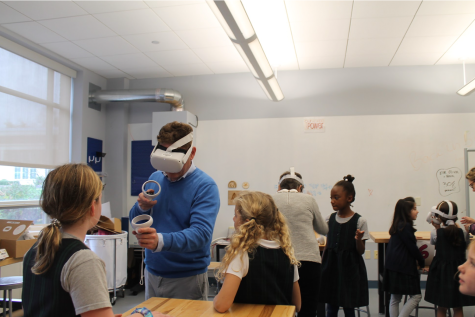
Virtual reality entered the third-grade curriculum in the fall of 2021 when the second and third-grade teachers asked Mr. Haeseler if they could do a virtual reality activity with their students. The third-grade teachers, Mr. Haeseler, and Ms. Dunn wanted to incorporate this contemporary technology into the class’ yearly schedule, as it allows students to become educated in a new way. Mr. Haeseler stressed the impact virtual reality has on education and how it helps to broaden young minds’ global perspectives.
“The motive behind this virtual reality activity was really to bring a place in the world closer to the third grade,” Mr. Haeseler said. “They read about it, they see pictures of it, but to actually experience it through virtual reality brought it closer to them. It is a way to enhance their learning because obviously visiting it on the other side of the world is impossible, but spending three or four minutes at a pyramid or a temple that they’ve learned about really brings home the experience. It is a capstone project for them.”
The idea behind virtual reality dates back to 1838, when Sir Charles Wheatstone first examined stereopsis. He concluded that if the brain takes one picture with each eye of the same object from different angles, people feel immersed in a three-dimensional reality, according to virtualspeech.com. Human sight is the most dominant sense, according to discovermagzine.com. Although virtual reality does not allow people to immerse in new realities with other senses, it enables students to see different worlds as if they were right in front of them. Over a hundred years after Sir Wheatstone’s work, Mr. Morton Helig created and patented the first Telesphere Mask 1960. Technicians have modified this mask to make three-dimensional virtual worlds spring to life through virtual reality goggles, according to virtualspeech.com. Ms. Dunn reflected on the effect virtual reality had on her students’ learning journeys.
“Virtual reality gives the girls a way to transform how they learn about Machu Picchu in Peru,” Ms. Dunn said. “It creates a simulation for them, whereby just putting on those goggles, they can actually walk around and simulate being there, in the Andes Mountains. They are then able to see the rock formations and the whole panoramic view of such an environment, which they would never be able to see unless they went there personally.”
Ms. Dunn explained why virtual reality is not only important to the third-grade curriculum, but to all education. Without the assistance of virtual reality, students might never experience places like the ruins of ancient civilizations. Virtual reality also helps spark curiosity in students.
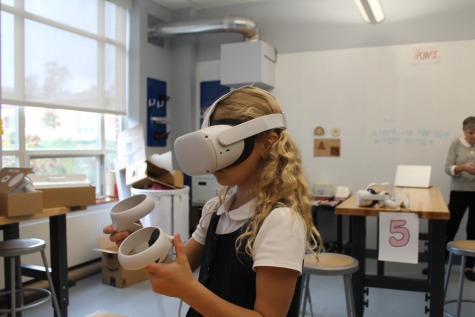
Modern careers, including medicine, architecture, journalism, and education, use virtual reality to expand people’s knowledge and make difficult tasks more efficient. Because virtual reality is one of the fastest-growing new technologies, International Data Corporation (IDC) research predicts that in the next four years there will be a 21-fold increase in investment in this industry, according to iberdrola.com. Mr. Haeseler remarked that virtual reality is the wave of the future, similar to the iPad when consumers were first buying it.
“We’re at the very beginning of this technology,” Mr. Haeseler said. “I’ve compared it in the past to the first iPads that came out, which were very thick and didn’t have cameras, but they were considered a paradigm changer and a real innovative change. Now we have several iterations of iPads we’re using for all different kinds of things in education. They have come so far that they’re so much more applicable. I think that we’re at the point in virtual reality where it’s just starting off and it’s very exciting to see where it’s going in the next three to five years. As I said, I think the potential is vast.”
Featured Image by Emily Shull ’25
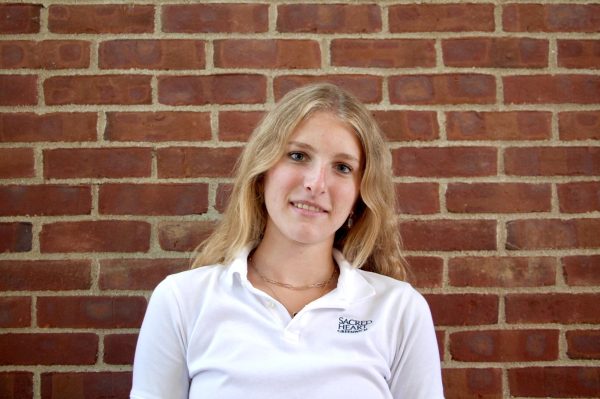
After a rewarding first year as a staff writer for the King Street Chronicle, Emily is incredibly thrilled to return as Features Editor as well as Art...
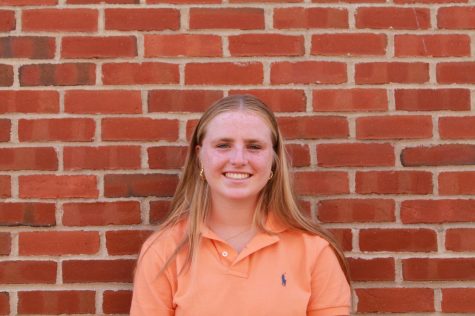
Zara is looking forward to her second year of journalism for the King Street Chronicle as a section editor for Sports & Health. She is especially excited...

